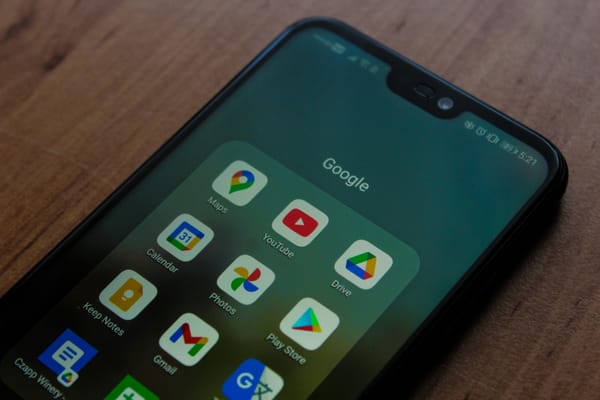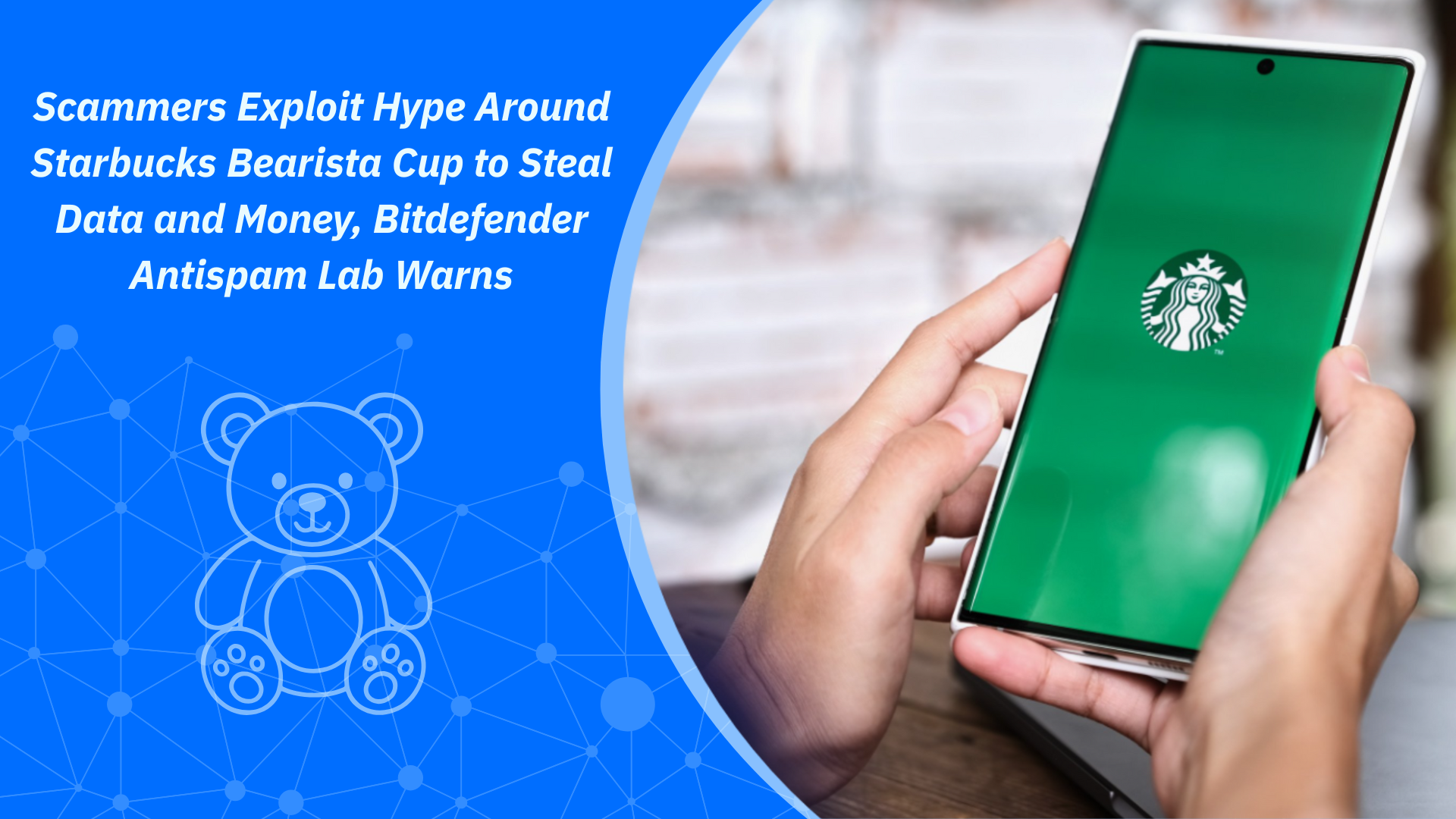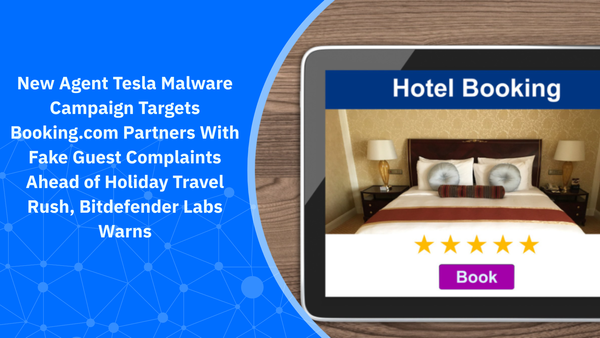Use Google Calendar? Here’s the One Change That Can Protect Your Business from Scams

Millions of professionals and small businesses rely on Google Calendar to organize their workday. But what if that helpful calendar invite wasn’t from a colleague—but from a scammer?
That’s the risk behind a growing tactic called Google Calendar spoofing, where cybercriminals send fake invites that look completely normal. Hidden inside are malicious links that can lead to stolen passwords, financial fraud, or even business data breaches.
How Google Calendar Spoofing Scams Work
Google Calendar spoofing is a phishing scam where attackers send fake invites that look like real meeting requests. These invites often include links to what appear to be legitimate Google services—like Forms or Drawings—but actually lead to phishing pages designed to steal personal or business information.
Here’s how a typical phishing attack using Google Calendar invites works:
- Step 1: A Fake Invite Shows Up Automatically
By default, Google Calendar adds invites automatically—even if you didn’t ask for them. Scammers exploit this feature to drop malicious links directly into your calendar, skipping your inbox entirely.
- Step 2: The Invite Looks Safe and Familiar
The fake invite may look like it came from someone you trust or reference something common—like a Zoom call or a support ticket.
- Step 3: You Click the Link
Inside the event details, there’s a link to something that looks normal, such as a Google Form, Drawing, or even a CAPTCHA. But that link leads to a phishing website.
- Step 4: You Enter Sensitive Information
These phishing sites are designed to look convincing. If you enter your login details, payment information, or other sensitive data, attackers can steal and use it to access your business accounts or commit fraud.
- Step 5: They Send Follow-Up Messages
Sometimes, attackers cancel the event but leave a message that gets emailed to you. This message may contain another malicious link—giving them a second chance to trick you.
Why Google Calendar Is a Popular Target
Google Calendar is built for convenience. It’s integrated into Gmail, mobile devices, and team tools, which means people are used to clicking calendar invites without thinking twice. Scammers take advantage of that habit.
Because the invites come from a “trusted” platform like Google, they often slip past spam filters. That makes it easier for phishing attempts to land—and harder for users to recognize them.
While Google is a top target due to its widespread use, similar scams can happen through other calendar or email services that support event invites or .ics files. If an attacker gains access to your systems, they can go further—impersonating your team or accessing private business data.
How to Protect Your Business from Google Calendar Phishing
You don’t need to stop using Google Calendar—but you do need to secure it. Here’s how:
- Change Your Calendar Settings
- Open Google Calendar.
- At the top right corner, click Settings.
- On the left, under “General,” click Event settings, then “Add invitations to my calendar.”
- Select one of the available options:
- “From everyone” (note that this option may increase the likelihood of getting spam calendar invites)
- “Only if the sender is known”
- “When I respond to the invitation in email”
Choose “Only if the sender is known.” This simple setting can block a lot of unwanted spam and phishing attempts.
2. Be Skeptical of Unsolicited Invites
If you don’t recognize the sender or the invite seems rushed or urgent, don’t click anything. Check the sender’s email and inspect the link before acting.
3. Don’t Click Suspicious Links
Hover over links in calendar event descriptions before clicking. If anything looks unfamiliar, avoid it. Don’t download attachments unless you know the sender.
4. Enable Two-Factor Authentication (2FA)
Turn on 2FA for your Google account. This adds an extra layer of protection—like a code sent to your phone—even if your password gets stolen.
5. Use Strong, Unique Passwords
Avoid reusing passwords across accounts. Use complex, hard-to-guess combinations that don’t include personal info like names or birthdates.
6. Keep Google Workspace Settings Updated
Regularly review your security settings—not just in Calendar, but in Gmail, Drive, and other tools. If scammers shift their focus to another Google app, you’ll be ready.
Stay One Step Ahead with Bitdefender Ultimate Small Business Security
Phishing attacks evolve quickly. When Google Forms started triggering warnings, attackers switched to Google Drawings. If that gets blocked, they may pivot to Google Docs or Drive. These scams don’t stay in one place—they follow your habits and trust.
That’s where Bitdefender Ultimate Small Business Security steps in.
It offers advanced email and phishing protection, real-time scam detection, and digital identity protection for your entire team. Features like Scam Copilot let employees check suspicious messages or links on the spot—before it’s too late.
In a world where a single calendar invite can lead to disaster, having layered protection makes all the difference. For business owners, it’s not just about protecting your own account. It’s about securing your team, your data, and your reputation.
Check out our plans for small businesses.
FAQs
Why am I getting spam calendar invites?
You’re getting spam invites because Google Calendar may be set to automatically add events from anyone who sends you an invite—even people you don’t know. Scammers exploit this setting to place phishing links directly into your calendar without needing you to open an email first.
What should I do when I receive a calendar invite from an unknown person?
Don’t click on any links in the invite. First, check the sender’s email address. If you don’t recognize them, delete the invite or change your calendar settings to block invites from people you don’t know. Always be cautious—especially if the invite asks you to take urgent action.
Should I decline a Google Calendar invitation from an unknown person?
It’s safer to delete the invite rather than decline it. Declining may send a response and confirm your email address is active, which can lead to more spam. Instead, adjust your settings so only known senders can add events to your calendar.
tags
Author
Cristina Popov is a Denmark-based content creator and small business owner who has been writing for Bitdefender since 2017, making cybersecurity feel more human and less overwhelming.
View all postsRight now Top posts
Cybercriminals Use Fake Leonardo DiCaprio Film Torrent to Spread Agent Tesla Malware
December 11, 2025
Genshin Impact Scam Alert: The Most Common Tricks Used Against Players
December 05, 2025
How Kids Get Automatically Added Into WhatsApp Groups with Horrific Imagery Without Consent
November 24, 2025
Scammers Exploit Hype Around Starbucks Bearista Cup to Steal Data and Money, Bitdefender Antispam Lab Warns
November 18, 2025
FOLLOW US ON SOCIAL MEDIA
You might also like
Bookmarks









